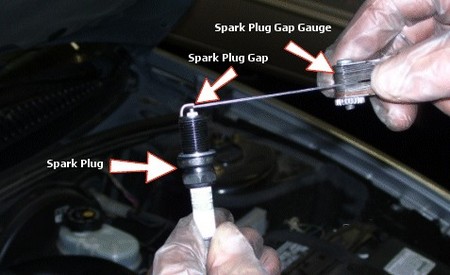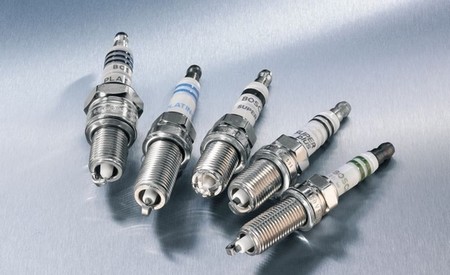Changing or replacing a set of spark plugs is one of the more basic yet integral tasks of vehicle maintenance. However, merely removing the old spark plug in preparation to replace it with a new one is only half the battle won. In order to ensure good performance from your vehicle, you should also know how to set gaps in spark plugs, never mind the fact that you can obtain spark plugs that have already been gapped to your specifications.

Always work on one spark plug at a time. In the course of knowing how to set gaps in spark plugs, you’ll find it impossible to work on more than one spark plug at a time anyway. Also, working in this manner minimizes confusion and having the firing sequence of the spark plugs being mistimed.
Having removed the old spark plug, you now need to check the gap on the new spark plug. The correct gap can be determined by checking your car repair manual or even under the hood. This is because some manufacturers provide this information on a sticker on the interior of a hood. You may also carry out the task by checking the gap on the old sparkplug with your gapping tool. However, this is dependent on the old spark plug possessing an accurate gap measurement.
Once the proper gap measurement has been determined, the gapping tool can be inserted into the space beside the electrode, or “hook”. This has to be bent out to reach the correct measurement that you obtained through one of the three methods described above. If the gap you produced is excessive, the space can be closed up by pushing the hook against a hard surface.
Check this gap between the hook and the tip by comparing it with the information you have. Only then can the new spark plug be reinstalled in its proper place. Repeat the process with the remaining spark plugs and you would have gapped all of them by yourself!
It is possible that is has never occurred to you to gap your spark plugs, and with good reason. Generally, this is not required unless your car doesn’t come with a manufacturer-specified engine, or you have modified the engine in some way. “Generic” spark plugs have already been gapped to ensure optimum performance. A possible reason to gap the spark plugs in your unmodified vehicle is if your engine does not start or if your engine experiences frequent cold starts, or if you’re of the opinion that you will gain an increase in performance and power.










i wanted to know how to set spark plugs that have 2 points that spark one each side of the center pin not shown on this video thanks